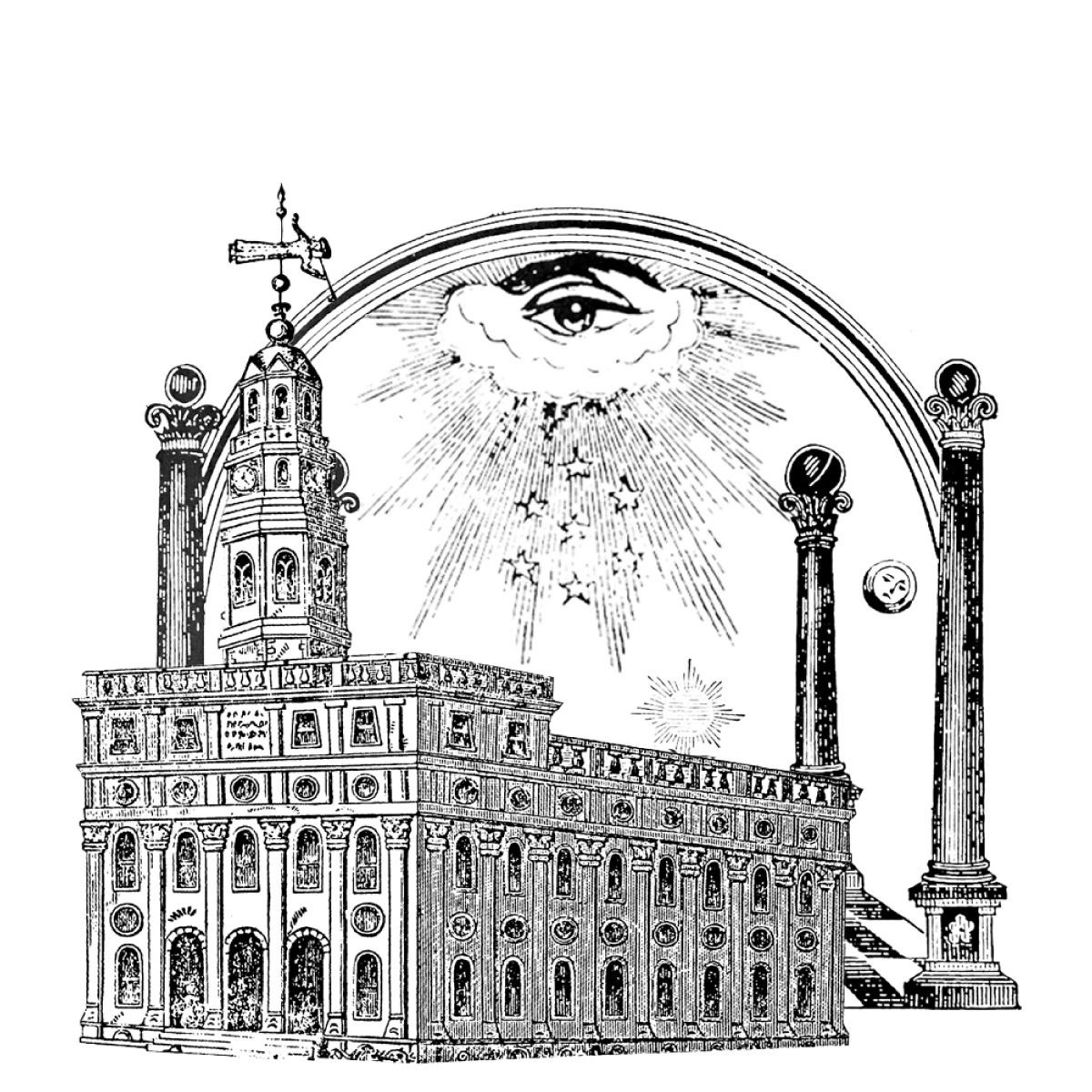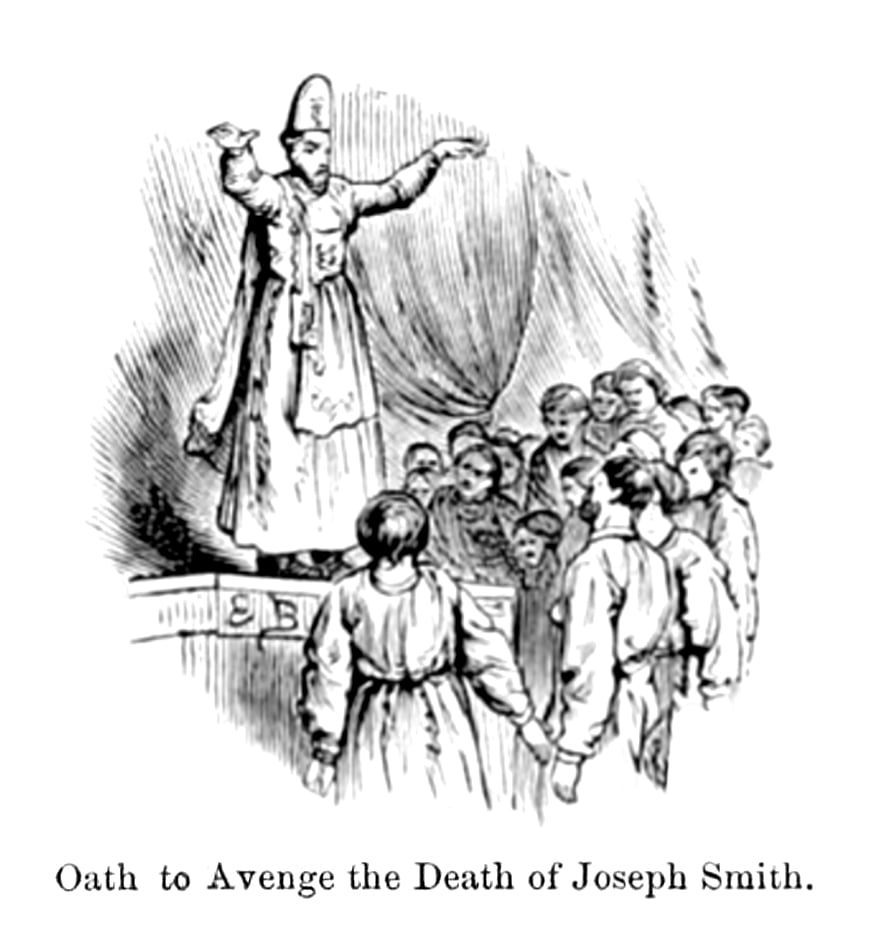Changes to the Temple Endowment

What is the temple endowment?
The temple endowment is a ceremony where Latter-day Saints learn about God's plan of salvation and Jesus Christ and make sacred covenants with God.[1] Joseph Smith[BIO] introduced the endowment in Nauvoo on May 4, 1842,[2] and Latter-day Saints have practiced it in temples ever since.[3]
Where did the endowment come from?
It is unclear.[4] A revelation from January 19, 1841 told the Latter-day Saints to build a temple so "that I may reveal my ordinances therein, unto my people, for I deign to reveal unto my church, things which have been kept hid from before the foundation of the world."[5]
It appears as though the endowment contains elements from the Old Testament[6] and masonic ceremonies,[7] and there are also reports that Joseph Smith was instructed by angels on how to perform the endowment.[8] However, Joseph himself did not record an explanation for the origin of the endowment.
Is the temple endowment today the same as when it was first introduced?
No. There have been many changes implemented over the years.[9] Some changes have included the addition and removal of an "oath of vengeance",[10] endowments performed for the dead,[11] the length of the ceremony,[12] and the woman's vow to obey her husband.[13]
Other changes have included harmonizing the ceremony across temples,[14] creating video productions of the endowment,[15] and allowing Latter-day Saints of African descent to receive the endowment.[16]
Timeline of Temple Endowment Ceremony and Procedural Changes
May 4, 1842
Joseph Smith introduces the endowment to a select group.[17]
April 8, 1844
In a sermon, Joseph Smith introduces the concept of endowments and sealings for the dead.[18]
December 1845
December 13, 1845
William Clayton writes the earliest description of the endowment ceremony.[20]
December 13, 1845
Heber C. Kimball records that the roles of Peter, James, and John were added to the ceremony.[21]
January 9, 1877
January 14, 1877
February 1877
October 17, 1893
Wilford Woodruff works on harmonizing the endowment ceremony across temples.[25]
April 8, 1894
Wilford Woodruff announces a revelation telling members of the Church that they should be sealed to their biological parents instead of being sealed to Church leaders.[26]
1905
During the Reed Smoot hearing it is reported that Latter-day Saints pray that God will avenge the blood of the prophets.[27]
1922
May 31, 1922
June 7, 1922
George F. Richards recommends that the order of dressing in temple robes during endowment be simplified.[30]
February 15, 1927
In a letter to the St. George temple president, George F. Richards instructs them to remove references to "avenging the blood of the Prophets" from the endowment and prayer circles.[31]
October 29, 1953
The First Presidency forms a committee to create a video presentation of the endowment.[32]
1953
The Church makes video recordings of the endowment in multiple languages.[33]
October 1969
The Church changes the wording of the endowment to make it more clear and less repetitive.[34]
May 3, 1978
A First Presidency letter instructs leaders to discontinue prayer circles outside the temple.[35]
June 8, 1978
The First Presidency announces that Latter-day Saints of African descent are allowed to receive temple ordinances.[36]
ca. 1984–1990
According to the book Evolution of the Mormon Temple Ceremony, a summary of the teachings presented at the veil in the endowment ceremony was removed sometime between 1984-1990.[37]
April 1990
The Los Angeles Times reports that the Church revised the women's covenant to obey their husbands and removed the penalties, references to Christian clergy, and the "five points of fellowship" embrace at the veil.[38]
2005
An article in the Journal of Ritual Studies reports that the initiatory ordinance now has initiates wear clothing and washing and anointings are done "symbolically."[39]
July 2014
New temple videos are introduced to "provide variety to the temple instruction."[40]
January 2019
The First Presidency announced that details of temple rituals are updated over time and should not be discussed outside the temple.[41]
January 2019
The Salt Lake Tribune reports that the endowment ceremony was shortened to approximately 90 minutes and that instructional content had been updated, including the removal of the requirement for women to vow obedience to their husbands.[42]
2020
The First Presidency announces changes to the endowment prompted by the COVID-19 pandemic.[43]
March 21, 2021
The Church Newsroom reports that the last two temples performing live endowment ceremonies will transition to video endowments.[44]
February 2023
The Salt Lake Tribune highlights updates to the endowment, including a greater focus on Jesus Christ, the introduction of covenants at the ceremony's start, and the elimination of the witness couple's role.[45]
But wasn't the endowment ceremony revealed by God? Why would that need changes?
Church leaders have taught that God revealed the endowment.[46] Joseph Smith, Brigham Young, John Taylor, and others also taught that there would be some changes to the temple ordinances.[47] In modern times, Harold B. Lee[BIO] taught that the endowment has been changed to enhance understanding while preserving the original message.[48]
Russell M. Nelson[BIO] taught that while there are new methods of presenting the endowment, the fundamentals are unchanged.[49]
Explanations Given for Changes to the Temple Endowment
Person | Date | Explanation |
Brigham Young | 1877 | Joseph Smith gave Brigham Young the responsibility to "systematize all these ceremonies" because they were "not arranged right."[50] |
John Taylor | 1883 | Joseph Smith "was in a hurry" and would have given more instruction about the endowment had he not been martyred.[51] |
Wilford Woodruff | 1893 | The endowments required "harmonizing" across the temples.[52] |
Wilford Woodruff | 1894 | No single president of the Church has received all revelations about temple work.[53] |
James E. Talmage[BIO] | 1912 | Temple designs vary according to the needs of each dispensation.[54] |
Harold B. Lee | 1968 | The endowment has evolved to accommodate language differences and enhance understanding while preserving the original message.[55] |
First Presidency | 2019 | The details of temple ceremonies have been adjusted periodically, and prophets have taught that there will be no end to adjustments.[56] |
First Presidency | 2020 | The endowment is occasionally changed to make it more understandable.[57] |
Russell M. Nelson | 2021 | Changes to temple ceremonies have happened since Joseph Smith's day and are evidence of the Lord's leadership of the Church.[58] |
But the baptismal and sacrament prayers are exact, and have not been changed - why would the temple be different?
Instructions for both the baptismal and sacrament prayers are recorded consistently across scripture,[59] but how the ordinances are performed has been changed at various times.[60] On the other hand, instructions on how the endowment should be done are not recorded in scripture.
Are some of these changes due to societal pressure?
Possibly. Revelations have been received because of questions regarding outside influences,[61] so it is not surprising that some parts of the endowment would also be adjusted because of outside pressure.[62]
Have any prophets said the endowment isn't supposed to change?
Kind of. In 1843, Joseph Smith taught, "Ordinances instituted in the heavens before the foundation of the World in the Priesthood for the Salvation of men, are not to be altered or changed, all must be saved on the same principles."[63] Brigham Young said that from the time of Adam people have been saved by the same ordinances.[64]
However, Joseph F. Smith said about following the exactness of ordinances that "it is not that this form is absolutely essential to the acceptance of this ordinance by the Lord."[65]
Related Question
What major resemblances are there between Freemasonry and the temple ordinances?
Read more in The Temple Endowment and Freemasonry
Is it true that people used to be naked during the initiatory?
Sort of. During the nineteenth century participants were reportedly naked during the washing and anointings, which used large quantities of water, were performed in tubs.[66] From the early twentieth century until 2005 Latter-day Saints that went through initiatory in the temple only wore a loose robe (often called a "shield") that was open at the sides. Since then, individuals who receive their initiatory wear temple garments.[67]
I've heard about "penalties" in the temple endowment. What are those?
Some descriptions of the endowment record that there were "penalties" for revealing portions of the temple endowment.[68] These penalties reportedly included graphic language like having "throat cuts" or "tongues torn out".[69]
The penalties were reportedly removed from the endowment ceremony in 1990.[70]
Related Question
Was blood atonement ever part of the temple endowment ceremony?
Read more in Blood Atonement and Capital Punishment
Did women used to have to promise to obey their husbands?
Yes, women used to have to promise to obey their husbands in the LDS temple endowment ceremony. The Los Angeles Times reported that in 1990, the LDS temple endowment ceremony was changed to require women to promise to obey God and heed their husbands' counsel, instead of obeying their husbands.[71] This promise to heed their husbands' counsel was then removed in 2019.[72]
Was there an "oath of vengeance" in the temple endowment?
Reports of the endowment say participants were asked to pray, or take an oath to pray, that God would avenge the death of Joseph Smith.[73] Some of these reports indicated that the Saints were to avenge his death,[74] while others say that it was God who was to avenge his death.[75]
This portion of the endowment was discontinued in 1927.[76]

I've heard prayer circles were done outside of the temple. Is that true?
Yes. By 1843, a year after the introduction of the endowment, endowed Latter-day Saints began meeting for prayer circles.[77] Some groups were organized by apostles,[78] others were not.[79]
The First Presidency discontinued prayer circles outside of the temple endowment in 1978.[80]
Is it okay to talk about the endowment?
Yes. There are promises not to share portions of the endowment, however in recent years, both general authorities and the Church handbook have described the covenants made during the endowment.[81]
The Church handbook notes, "We may discuss the basic purposes and doctrine of temple covenants and ordinances."[82]
Can we talk about things that are no longer in the endowment?
Maybe. The Church handbook says, "The symbols associated with temple covenants should not be discussed outside the temple. Nor should we discuss the holy information we promise in the temple not to reveal."[83] However, it's unclear if these directives include symbols and covenants that are no longer part of the current temple endowment.
Has the endowment ever been published?
Yes. There have been many detailed reports of the temple endowment published by critics of the Church.[84] However, the Church of Jesus Christ of Latter-day Saints has never published an official description of the endowment.
- Blair R.
“There are aspects of the endowment that I miss, but overall changes have made it easier to accept.” - Sarah
“This was very interesting to read. Sounds like the basic principles have remained and have been brought up to today's modern times. It was fun to hear the back story. I haven't experienced the new sessions yet. But I feel prepared for the changes.” - Diane F.
“I understand and agree that the basic teachings and covenants of the endowment have been maintained while some aspects of the original ceremonies have been modified over the years to allow for time constraints, as well as the evolving revelation from the Prophets over the generations.” - Luke
“Some aspects of the law of Moses were also changed over time but the message was the same. That is how God always works. The endowment is a gift of God so I will always love it!” - Mike
“I received my endowment in 1979. There have been changes. Penalties have been removed as have other cultural updates. But, the covenants themselves have not. The endowment is simplified which may be more on us who expect all "right now" from fast food to Google at our fingertips.”



 about this topic
about this topic